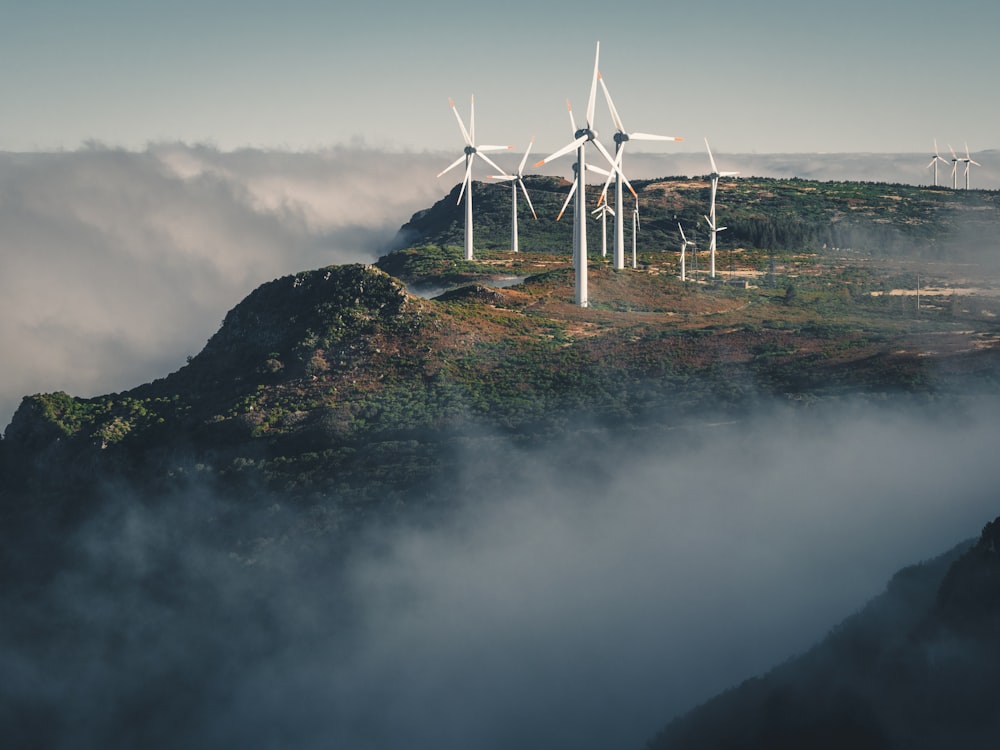Gone is the wind
How the winter doldrums, wind "droughts", and "global stilling" affect power generation and the demand for carbon

Wind turbines typically start to generate electricity when the wind speed hits 10 mph, reaching maximum power output at around 35 mph. But if the wind speed reaches 56 mph, it’s too dangerous for the turbine to continue spinning.
Power generated via a wind turbine is proportional to the cube of near-surface wind speed. And so even a modest slowdown in wind speed can have a significant impact on electricity generation.
Wind turbines generate the majority of their annual output during the first and fourth quarters of the year, typically the winter months when the wind blows strongest. Over the course of a year, an onshore wind turbine typically generates about 24% of the theoretical maximum output, also known as the load or capacity factor. In comparison the load factor of conventional thermal generation unit is around 50%-60%.
The impact of a prolonged drop in wind speed is felt the most during the winter months, especially when the supply of electricity from other renewables and nuclear are constrained, and low temperatures mean the demand for power is high. Over the past week we have had just such a situation play out in Europe.


